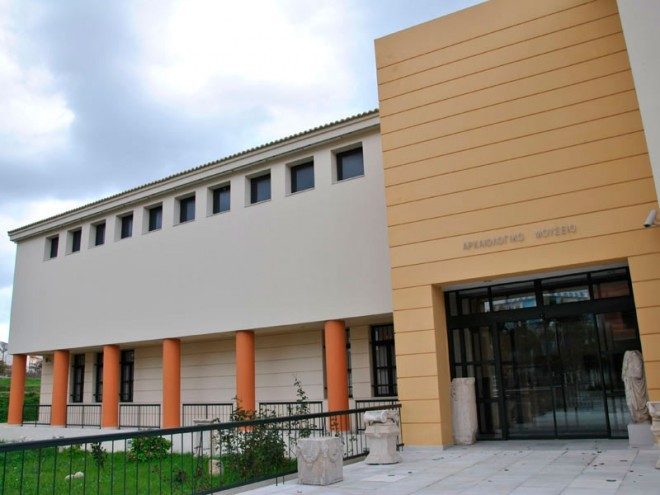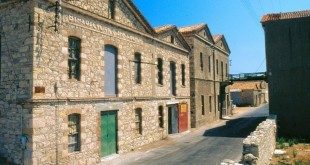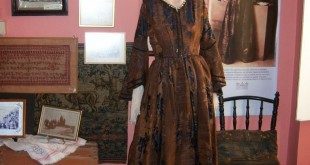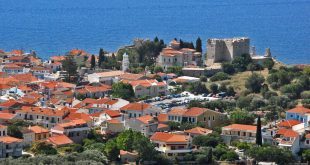Pythagorion and Hereon of Samos where declared “World Heritage Site” by UNESCO, in 1992.
The Archaeological Museum of Pythagorion was inaugurated in 2010 and ever since attracts more and more visitors each year. In its bright ground floor the exhibits “tell” the history of the ancient city of Samos.
The marble inscription at the entrance of the Museum, according which the ancient municipality of Samos offered free wheat to all its citizens (the wheat was bought by a statutory special public fund), worth your attention. As for the financial means of this fund, it came from donations made by the wealthy citizens of Samos.
It is an extremely sophisticated and well-organized Museum, in which exhibits are displayed in a unique way. This, combined with the rich collection of ancient artifacts, impresses even the most demanding visitor.
Amongst the many ancient artifacts one can and admire the children’s graves (excavated in the area called Klima Hereon), samples of the so-called “Wild Goat” Order, the Ionic and Samian cups, the “trimyxos” lamp (i.e. the three-wick lamp) dated in 560 BC, the relief clay tablet, which depicts Nike in a chariot (dated between 400 BC and 375 BC), and the 27 silver coins from the Hellenistic Period (323-146 BC), which were found buried under a floor. Upstairs, in the first floor, “awaits” you the Roman Emperors (6 pictorial heads), whose lives are connected, in one way or another, to the history of the city of Samos (they financed important public works, while, all of them, spend some of their winters in the luxurious villa located on the castle hill). Of the archaeological findings in the necropolis (dated back in the Geometric Age, 1100-800 BC), visitors usually note the burial urn of an infant and the four level structure, which was constructed at the center of the room, in order to highlight the different eras of the graves (Geometric, Archaic, Hellenistic, and Roman). A smart and functional solution is the big-screen, hanging by the ceiling, where videos are projected, showing the various excavations made in the ancient city of Samos.
The show-case with the clay female dolls seems to be the center of attention, especially for women, while men usually prefer the western side with the archaic sculptures: The series of the impressive Kouroi sculptures, like the inscripted one of Lefkios or the dressed one of Kavo Fonias (in Ancient Greece only female statues or sculptures were dressed with clothes), the impressive statue of Aphrodite (somewhat ugly, with her Egyptian-like facial features), and the huge wall with the outdoor sanctuaries.
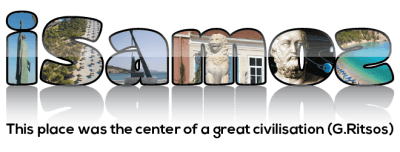 iSamos.gr Η ενημερωτική σελίδα της Σάμου! Εξερευνήστε τη Σάμο, τις παραλίες της, τη φύση της, τις ομορφιές της. Διαβάστε την ιστορία της Σάμου
iSamos.gr Η ενημερωτική σελίδα της Σάμου! Εξερευνήστε τη Σάμο, τις παραλίες της, τη φύση της, τις ομορφιές της. Διαβάστε την ιστορία της Σάμου

